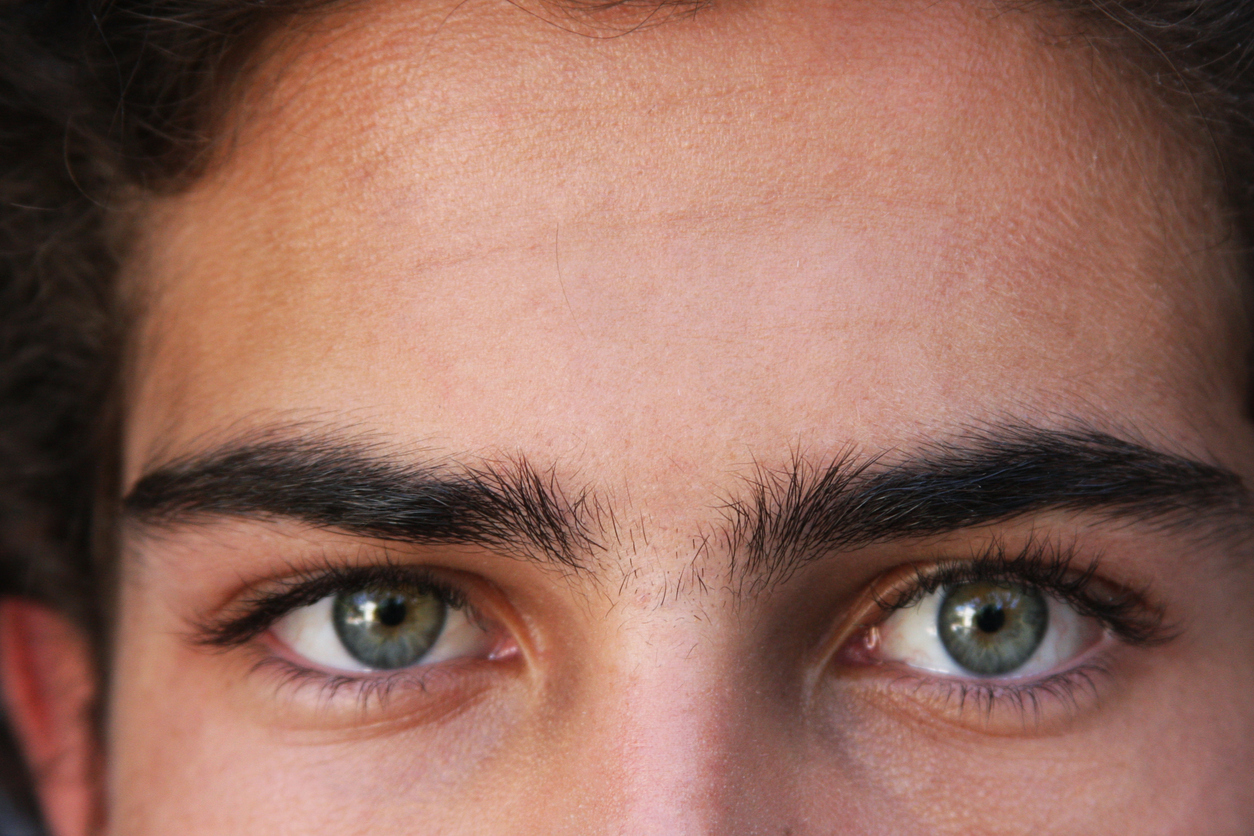

Anxiety in open spaces or while driving.

Motion sickness, especially without physical movement.
 Losing place or skipping lines while reading. Blurry vision after near work or computer work. Common symptoms associated with binocular vision disorders include These visual dysfunctions can manifest themselves psychologically such as anxiety and panic disorders, or spatially which affect balance and posture. More than half of the brain is dedicated to vision-related processing and as such, any injury or accident to the brain can result in a degree of visual dysfunction. People who have a history of traumatic brain injury or concussion may have been diagnosed with Post Trauma Vision Sydrome (PTVS). It is common for people with BVD to have been previously diagnosed with a number of conditions including ADD/ADHD, agoraphobia, anxiety disorders, vertigo, perceptual diziness, vestibular migraine, sinus problems, and reading/ learning difficulties. This leads to frustration among adult patients and, in the case of children, parents wondering why they struggle in school. They often go undiagnosed because you can pass a typical eye chart test or be told that “everything is normal”, that you have “20/20 vision”, yet still have problems even though you have clear vision. Many times, a binocular vision disorder is overlooked in an eye examination. Problems with binocular vision occur more than you think. It is also possible to have a torsional misalignment between the 2 eyes. Vertical eye misalignment – vertical heterophoria. Horizontal eye misalignments – convergence insufficiency, convergence excess, divergence insufficiency, divergence excess. There are several types of binocular vision disorders:
Losing place or skipping lines while reading. Blurry vision after near work or computer work. Common symptoms associated with binocular vision disorders include These visual dysfunctions can manifest themselves psychologically such as anxiety and panic disorders, or spatially which affect balance and posture. More than half of the brain is dedicated to vision-related processing and as such, any injury or accident to the brain can result in a degree of visual dysfunction. People who have a history of traumatic brain injury or concussion may have been diagnosed with Post Trauma Vision Sydrome (PTVS). It is common for people with BVD to have been previously diagnosed with a number of conditions including ADD/ADHD, agoraphobia, anxiety disorders, vertigo, perceptual diziness, vestibular migraine, sinus problems, and reading/ learning difficulties. This leads to frustration among adult patients and, in the case of children, parents wondering why they struggle in school. They often go undiagnosed because you can pass a typical eye chart test or be told that “everything is normal”, that you have “20/20 vision”, yet still have problems even though you have clear vision. Many times, a binocular vision disorder is overlooked in an eye examination. Problems with binocular vision occur more than you think. It is also possible to have a torsional misalignment between the 2 eyes. Vertical eye misalignment – vertical heterophoria. Horizontal eye misalignments – convergence insufficiency, convergence excess, divergence insufficiency, divergence excess. There are several types of binocular vision disorders:










